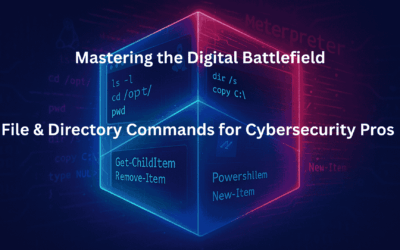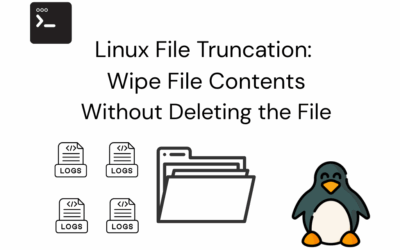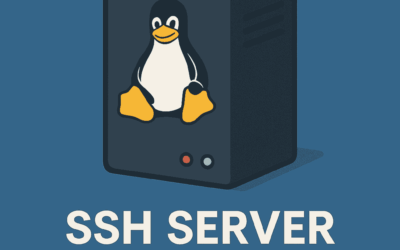Introduction: Mastering the Digital Terrain In the vast and ever-evolving landscape of cybersecurity, a fundamental understanding of how to navigate and manipulate file systems is not just an advantage – it's an absolute necessity. Whether you're conducting a...
Sandbox99 Chronicles
From My Sandbox to Yours — Practical IT Insights.
Build the Ultimate Terminal on Linux: WezTerm + Zsh + Powerlevel10k
🚀 Introduction I recently made the leap from Linux Mint to Pop!_OS, and its default GNOME Terminal can feel pretty basic, especially if you're coming from a setup like mine. On my macOS, I've long enjoyed a modern, visually rich, and highly customizable terminal...
Linux File Truncation: Wipe File Contents Without Deleting the File
Introduction Have you ever found yourself needing to clear the contents of a file in Linux, but without actually deleting the file itself? Perhaps a rapidly growing log file is eating up disk space, or you need to reset a temporary data file for an application without...
Writing ISO to USB in Linux Using dd (with Caution!)
Introduction Creating a bootable USB drive is often the first step toward installing or testing a Linux distribution. Whether you're setting up a new system, repairing an existing one, or simply exploring different distros, having a reliable installer on a USB stick...
Mastering Client-Side SSH: Elevate Your Productivity with .ssh/config
Introduction Do you ever find yourself typing long, cumbersome SSH commands, replete with usernames, IP addresses, and obscure port numbers? We've all been there. It's a recipe for typos, frustration, and wasted time. But what if I told you there's a secret weapon in...
SSH Server Configuration Guide: From Defaults to Defense
Introduction If you've felt overwhelmed by the Ansible playbooks, Bash scripts, or Python snippets in my previous blogs—don’t worry. This time, we’re focusing solely on the sshd_config file for SSH hardening and configuration. No complex automation, just...






